How to clean the protective film of stainless steel plate
2025-07-11
Stainless Steel Surface Protection Guide
1 Clean the surface
- First, use a dust-free cloth dipped in alcohol or a special cleaner, and wipe carefully in the same direction to thoroughly remove oil, dust, fingerprints and metal debris on the surface.
- If you encounter stubborn stains, you can wipe it multiple times, and if necessary, use a soft brush to gently brush the gap.
- After cleaning, you need to wait for the surface to dry completely before applying the film, otherwise the residual moisture will cause the protective film to warp and affect the adhesion effect.
2 Choose the right protective film
- Choose the right product according to the surface condition of the stainless steel plate.
- A low-viscosity protective film is required for high-mirror panels to avoid residual glue stains that damage the mirror surface when it is removed later.
- Medium-viscosity can be selected for matte or brushed surfaces to enhance the stability of the fit and prevent it from falling off during transportation or processing.
- At the same time, check whether the protective film is damaged and whether the glue surface is uniform to ensure that there are no quality problems.
3 Control the film-pasting technique
- First, accurately align the protective film with the edge of the plate, unfold it smoothly from one end.
- Use a scraper (or a hard plate wrapped in a soft cloth) to scrape and press at a uniform speed while laminating, and exhaust the air section by section.
- Avoid excessive pulling of the protective film during the process to prevent it from stretching, deforming or wrinkling.
- Keep the laminating speed uniform and avoid pauses that cause local bubbles.
4 Control environmental conditions
- Operate in a dust-free workshop or clean area first to reduce dust adhesion in the air.
- It is recommended to control the ambient humidity at 40%-60%. Too high humidity can easily lead to loose edge adhesion.
- When the temperature is below 10℃, you can use a hair dryer at low temperature to preheat the adhesive surface of the protective film to enhance the adhesion before pasting.
5 Handling special situations and inspections
- Special-shaped sheets need to be cut into protective films according to size in advance, leaving 1-2 mm edges for easy adjustment.
- Repeatedly press the corners with a scraper to ensure that there are no hollows.
- After pasting, conduct a comprehensive inspection. Small bubbles can be punctured and exhausted with a needle and then gently pressed.
- Large bubbles need to be uncovered and re-pasted. Avoid stacking and heavy pressure on pasted sheets to prevent the protective film from shifting or wearing.
Note: Always wear clean gloves when handling stainless steel surfaces to prevent oil transfer from hands.
You Might Also Like
-
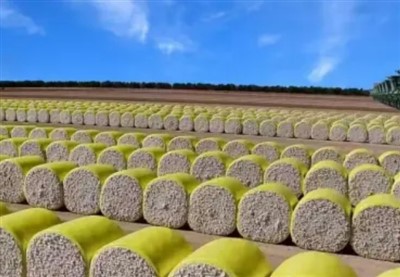
what are the advantages of cotton packaging film
-
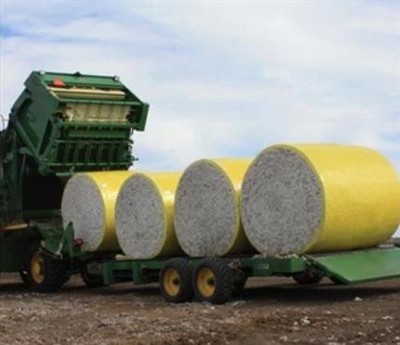
The Advantages of Cotton Wrap Film
-
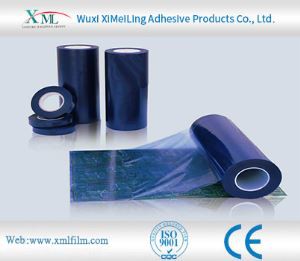
How does pe protective film cope with high temperature environment
-
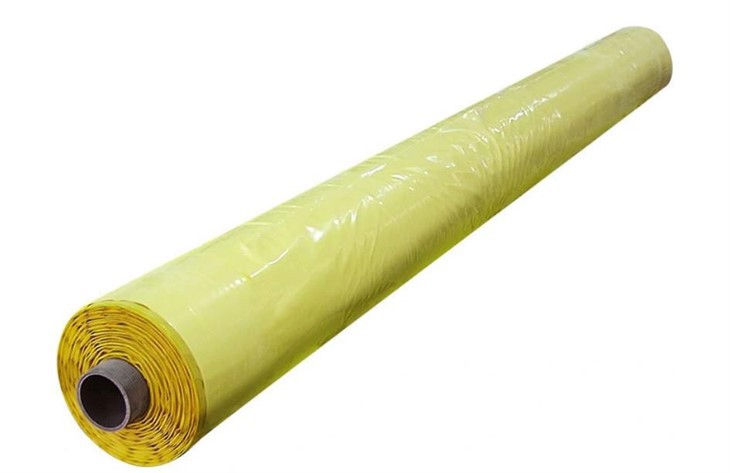
Advantages of Cotton Bale Wrap Film
-
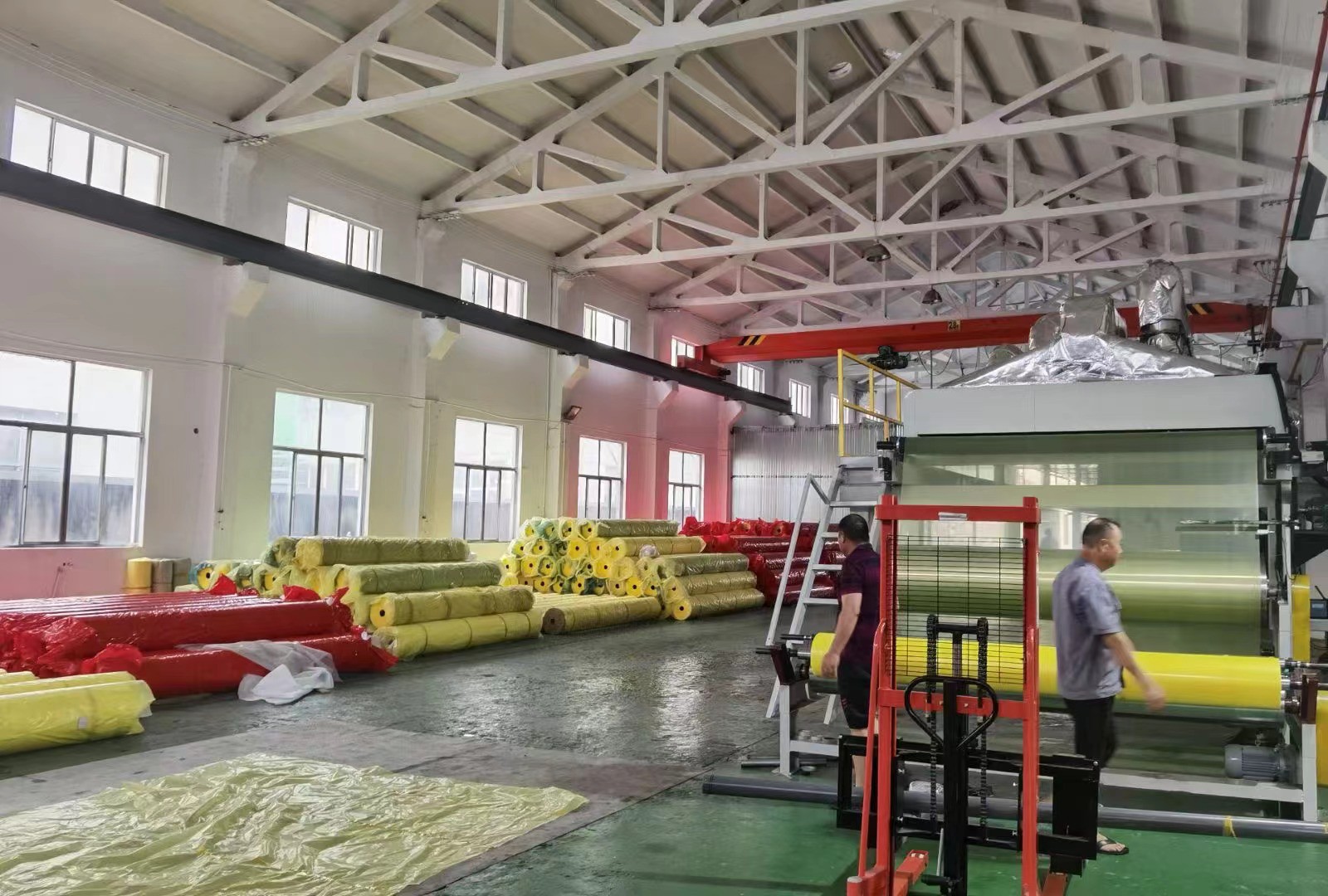
Storage method of cotton bale wrap film
-
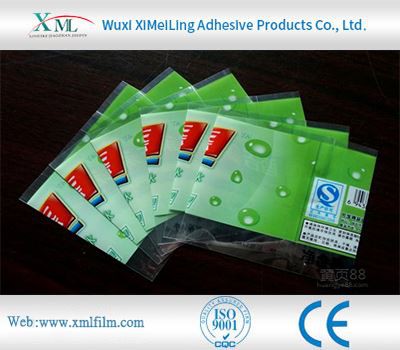
How Polyethylene Packaging Material Copes with High Temperature Environment
